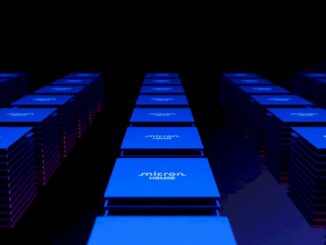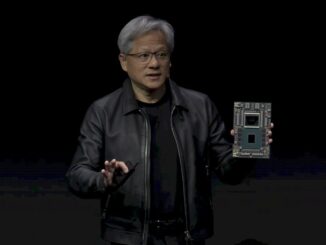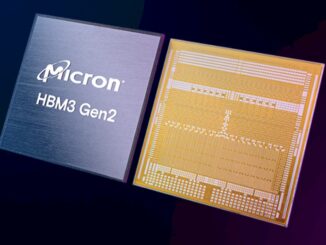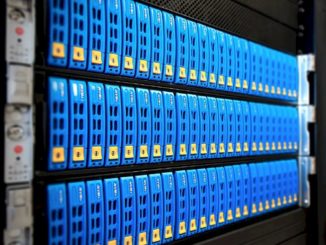
Skyrocketing HBM Will Push Micron Through $45 Billion And Beyond
Micron Technology has not just filled in a capacity shortfall for more high bandwidth stacked DRAM to feed GPU and XPU accelerators for AI and HPC. …

Micron Technology has not just filled in a capacity shortfall for more high bandwidth stacked DRAM to feed GPU and XPU accelerators for AI and HPC. …

The semiconductor manufacturing business is absolutely immense. To give the numbers some perspective, in 2024, chip makers generated revenues that were about three quarters of the size of the US defense budget and about two-thirds the size of the social services budget allocated by Congress. …

An interesting thought experiment to do in 2025 when looking at the financial results of just about any of the key compute, storage, and networking component and system suppliers is to imagine how any given company’s numbers would look if you backed out the AI portions of its business. …

Here is what memory bandwidth and a certain amount of capacity is worth in the GenAI revolution. …

There are lots of ways that we might build out the memory capacity and memory bandwidth of compute engines to drive AI and HPC workloads better than we have been able to do thus far. …

Intel recently demonstrated a new type of DIMM memory technology called Multiplexer Combined Rank (MCR), also referred to as MRDIMMs, that provides up to 2.3X better performance for HPC workloads and up to a 2X better on AI inference workloads in comparison to 5th Gen Intel Xeon processors, based on internal Intel analysis. …

If you don’t like gut-wrenching, hair-raising, white-knuckling boom bust cycles, then do not go into the memory business. …

What is the most important factor that will drive the Nvidia datacenter GPU accelerator juggernaut in 2024? …

As we have seen with various kinds of high bandwidth, stacked DRAM memory to compute engines in the past decade, just adding this wide, fast, and expensive memory to a compute engine can radically improve the effective performance of the device. …

Over the last twenty years, memory has risen from ten percent of the semiconductor market to almost 30 percent — a trend that is expected to continue, propelled by compute at the edge all the way up to datacenter. …
All Content Copyright The Next Platform